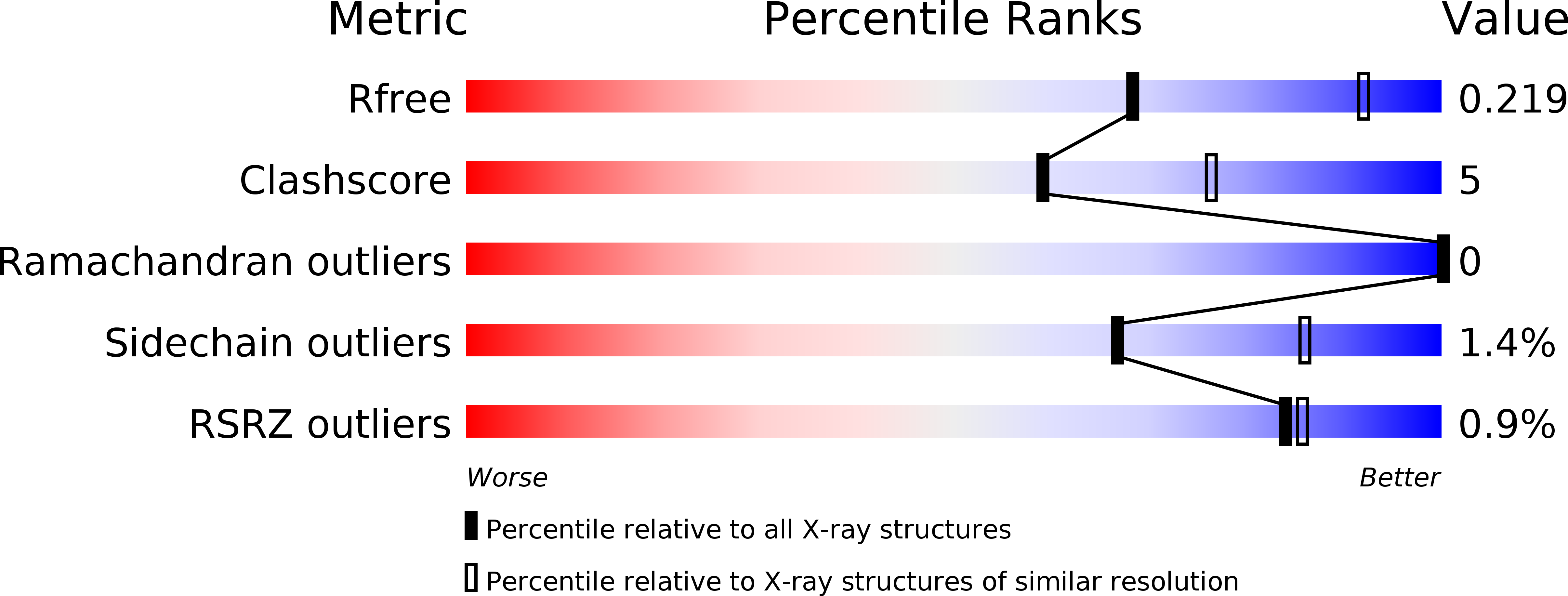
Deposition Date
2010-12-02
Release Date
2011-01-19
Last Version Date
2023-05-31
Entry Detail
PDB ID:
3PT2
Keywords:
Title:
Structure of a viral OTU domain protease bound to Ubiquitin
Biological Source:
Source Organism:
Crimean-Congo hemorrhagic fever virus (Taxon ID: 11593)
Homo sapiens (Taxon ID: 9606)
Homo sapiens (Taxon ID: 9606)
Host Organism:
Method Details:
Experimental Method:
Resolution:
2.50 Å
R-Value Free:
0.22
R-Value Work:
0.16
R-Value Observed:
0.16
Space Group:
P 62 2 2


